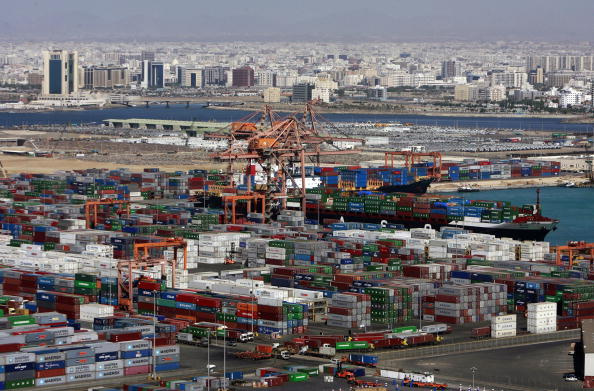Transporting dangerous goods demands adequate quality and safety programmes in place to meet local and international laws
The International Standard that outlines the requirements for such programmes for packaging has just been updated.

ISO 16106, Transport packages for dangerous goods – Dangerous goods packagings, intermediate bulk containers (IBCs) and large packagings – Guidelines for the application of ISO 9001, outlines the requirements for an effective quality management system for the manufacture and measurement of dangerous goods packaging.
Developed to be used with ISO 9001, ISO’s best-known standard for quality management, it is designed to meet the requirements of the United Nations (UN) Recommendations on the Transport of Dangerous Goods – known as the UN Model Regulations – which cover the legal requirements for such activities. The standard was recently revised to align with the most recent versions of both ISO 9001 and ISO 16495, Packaging – Transport packaging for dangerous goods – Test methods. Further information about large packaging was also added.
Stephen Wilkins, Chair of the ISO technical committee that developed the standard, said implementing a quality management system based on ISO 16106 ensures peace of mind not only that regulations are met consistently, but that customer expectations are satisfied as well.
“The transport industry is complex and changes rapidly and often,” he said, “and anticipating future needs for legislation as well as customer expectations is challenging for those involved in the design or manufacture of dangerous goods packaging.
“The quality management system approach taken in ISO 16106 and ISO 9001, used together, ensures harmony with international requirements, the reduction of risks and continual improvement at every step.”
ISO 16106 covers everything from how to establish a quality policy, the actions involved in achieving it, documenting it and communicating about it, to the importance of leadership involvement, monitoring and more.
This standard was developed by ISO technical committee ISO/TC 122, Packaging, subcommittee SC 3, Performance requirements and tests for means of packaging, packages and unit loads (as required by ISO/TC 122), the secretariat of which is held by BSI, ISO’s member for the UK. It can be purchased from your national ISO member or through the ISO Store.
TAGS
- export
- trade
- customs
- export import
- import-export
- rice export
- shrimp export
- logistics
- vietnam export
- import
- economic
- trucking
- imports
- shipping
- exports
- fruit import
- deficit
- business
- key export
- international trade
- eu trade
- membership in asean
- tuna export
- fibre, yarn export
- export to algeria
- import export vietnam thailadn trade
- businesses
- mobile phones export
- cargo container
